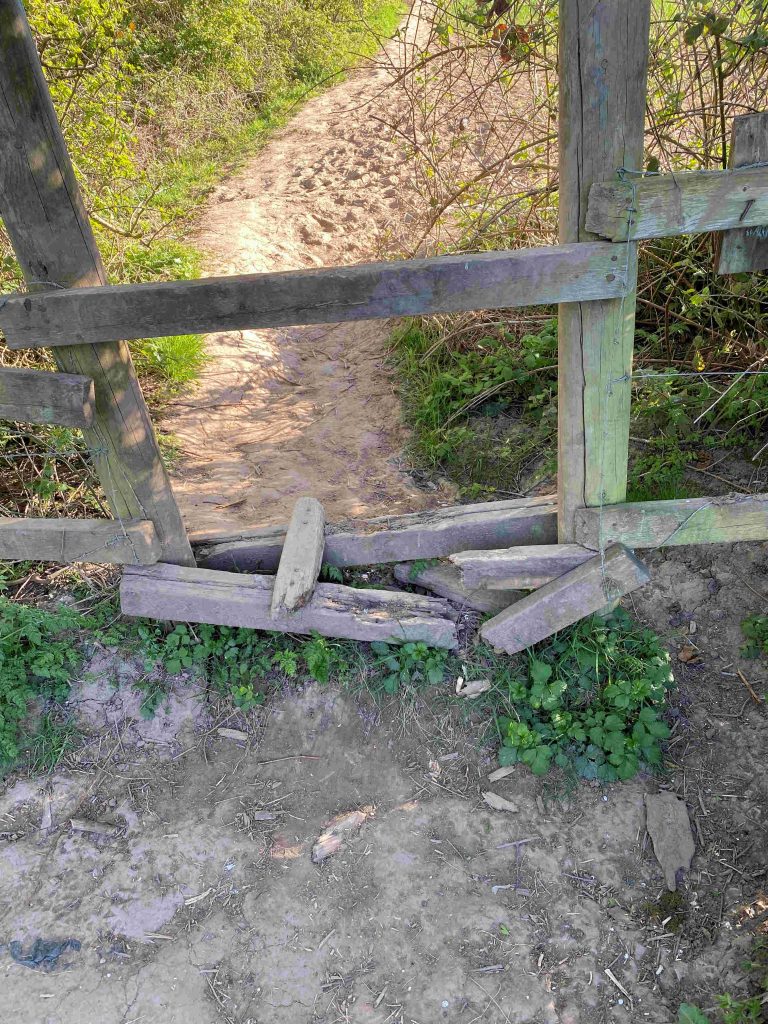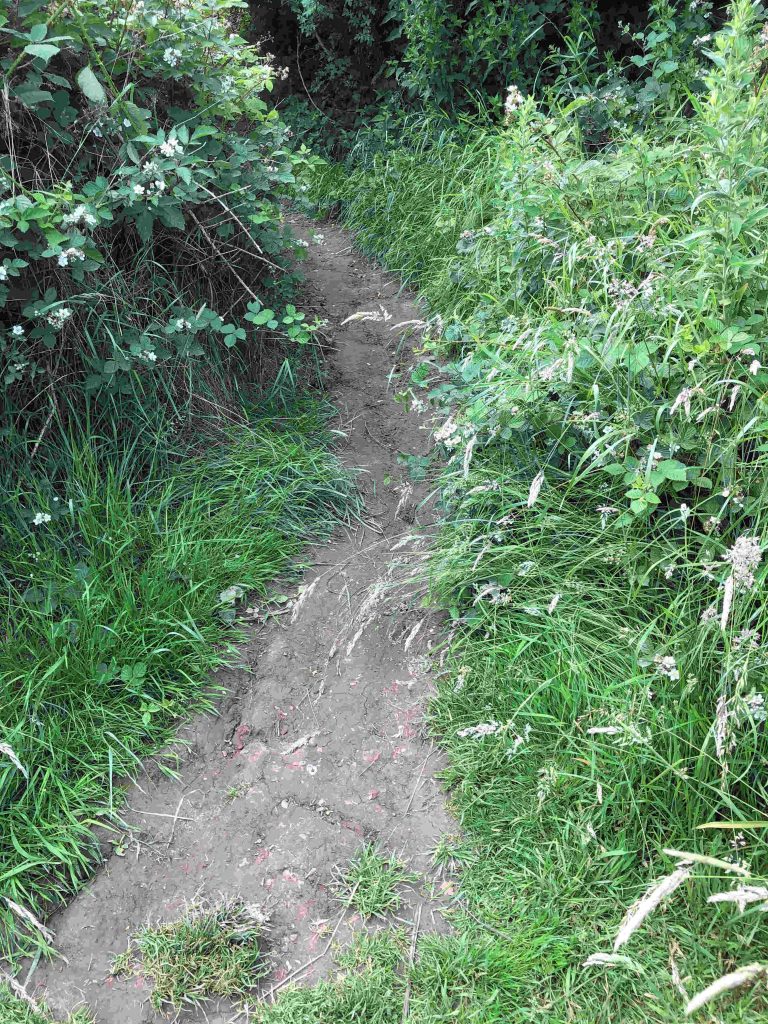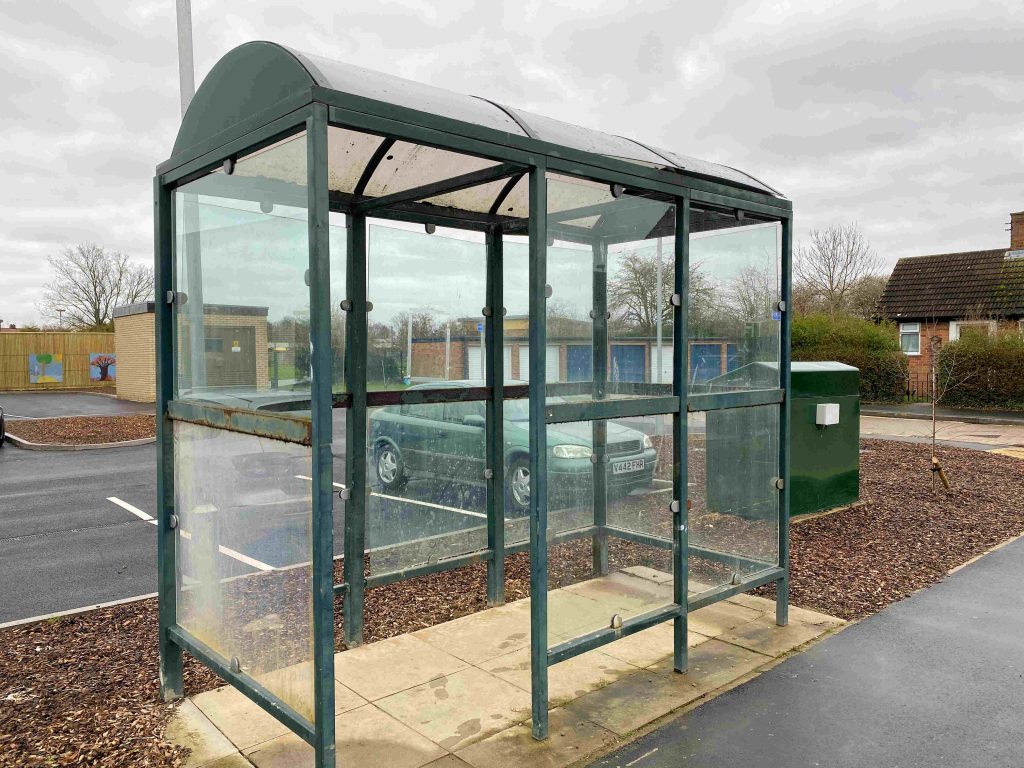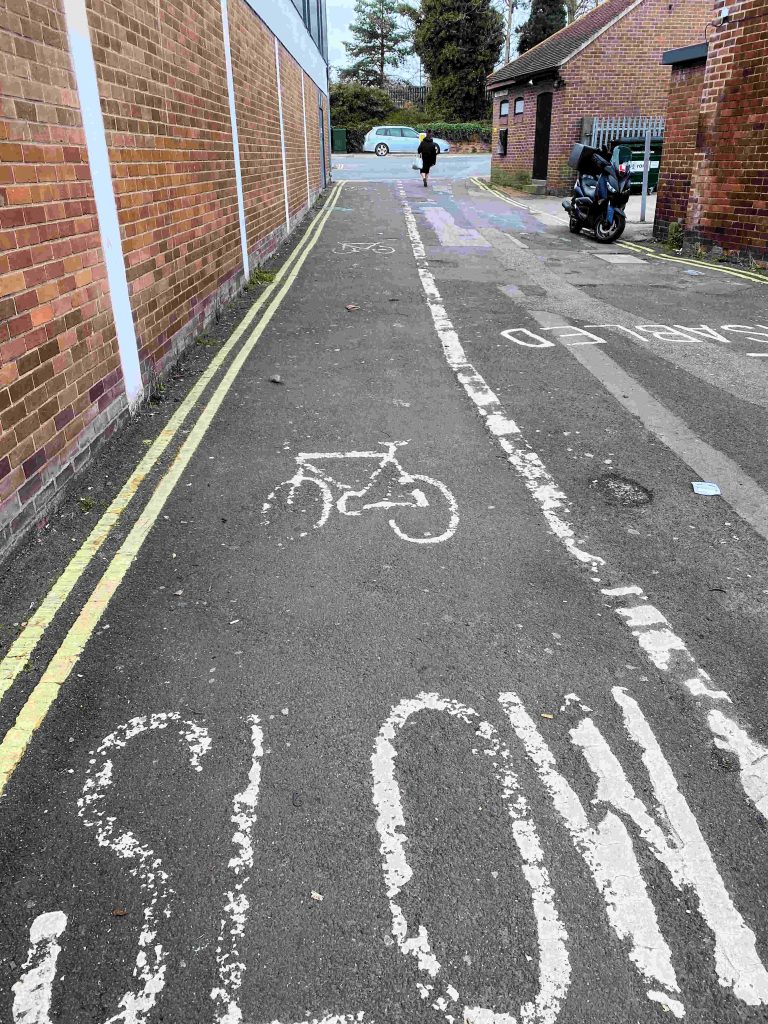The York Council has produced a list of changes that could be made to Front Street as part of the second phase of its regeneration plans. The Council is utilising £570,000 from the government’s UK Shared Prosperity Fund to pay for the work. The project has to be completed by March 2025
The first phase of the work took place last spring and concentred on levelling off the pavements, improving drainage , new seating and adapted cycle racks. More bollards were provided to protect the footpaths. These proved to be unpopular with some residents.
The new proposals would see £40,000 spent removing some of the bollards. There will be many who would think that the money would be better spent repairing the roads.
Consultants have been appointed and design and management costs are put at £100,000.
£42,500 has already been committed to upgrading the public toilets (rightly).
That doesn’t leave much money for the other changes.
The shopping list produced by Council officials doesn’t include the adoption of the forecourts outside the shops. These would have to be brought up to an adoptable standard at a cost of £350,000. That would use up all of the remaining budget. Having a level surface outside the carriageway was one of the top priorities identified by residents during previous consultation.
That isn’t going to happen nor is 24/7 pedestrianisation which is both controversial and hugely expensive (over £1 million)
So the bulk of the proposed funding is for improved blue badge parking and larger speed tables.
It is far from clear why painting new blue badge markings should cost over £100K. Many would prefer to have free access on at least one day a week so they could park outside their preferred destination (as now happens in the City centre). It would be much easier to do in Acomb
Extended full-width raised tables appear only to offer the prospect of a level site for part-time market stalls or entertainers. Emergency service vehicle access would have to be maintained anyway.
The list conspicuously fails to do anything for cyclists. The current cycle track down Cross Street is wholly inadequate. It dumps cycles onto a footpath and pedestrian crossing.
Full public consultation is promised. The options offered seem very limited.
NB. Those with long memories will recall that a pedestrian crossing established near the Morrisons car park entrance had to be moved further away (to near Vyner House) following a campaign by Labour council candidates!




















